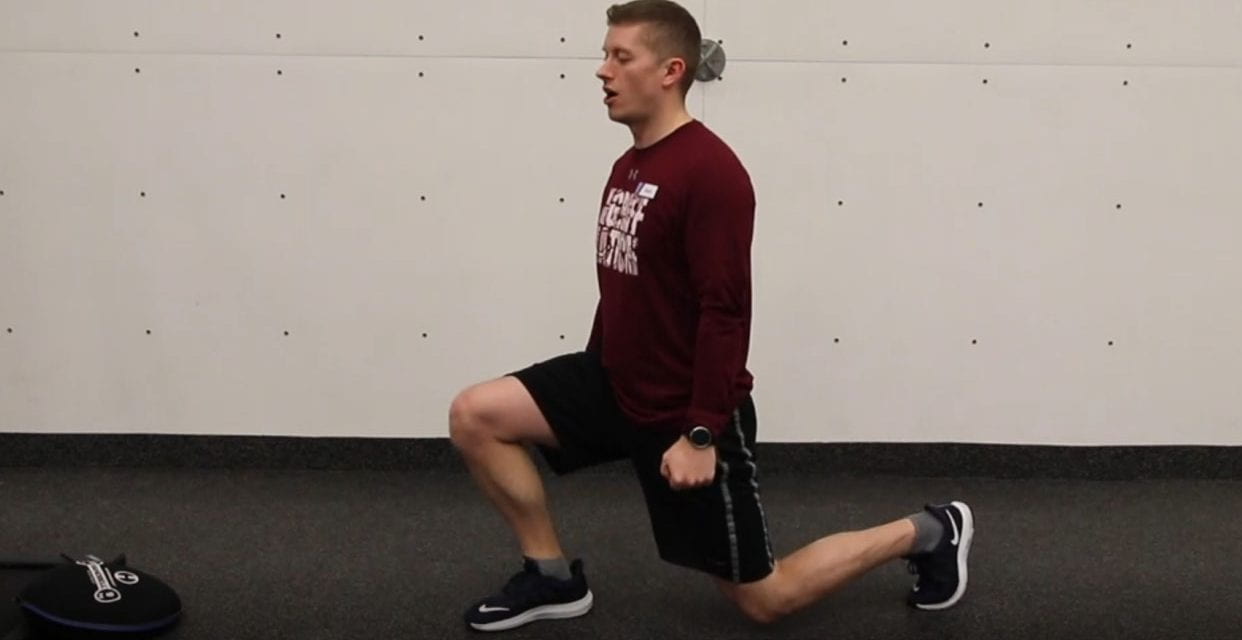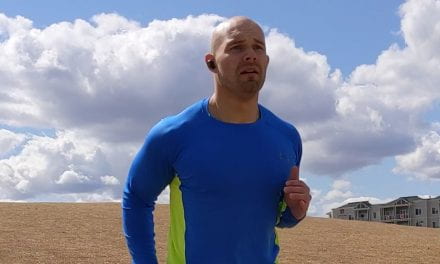Lunges are a common exercise used to develop the large muscles of the lower extremity, namely, the Quadriceps and Gluteals. The greater need for balance in the set-up means less overall weight can typically be lifted. This is one reason why this exercise is a great movement in situations where additional resistance is limited. Another benefit of this exercise is the need to alternate legs during the set. This means that all other things being equal, we may perform more metabolic work during the set which makes this exercise an attractive option during phases of training where high overall work is the goal.
Objective
- Reach as low a position as possible in the bottom position while maintaining an upright posture throughout the ascent and descent of the movement
Joints Targeted
- Primary joints targeted are hips and knees with a small amount of ankle.
Primary Muscles Targeted
- Gluteals
- Quadriceps
- Plantar-flexors (Calves)
Starting Position
- Find your starting position by kneeling on the ground with front shin completely vertical and rear thigh completely vertical. Stance should be hip-width apart. Rise to a standing position with feet planted and posture as upright and tall as possible
Movement
- Unlock rear knee to initiate lowering of your body while keeping trunk as upright as possible. Once lowest range of motion is achieved with control and good posture, push evenly through the floor to return to start position.
- To ensure balance and ultimately, ability to lift as much weight as possible, keep toes pointing directly forward to keep hips in squared position. Ensure stance is hip-width apart and focus on stationary object in the distance to maintain balance.
- If posture and Range of motion are achievable at certain loads but not others, choose resistance where greatest Range of Motion and proper technique are attainable.
Recommended sets and repetitions
- 2-3 sets of 8-12 each leg
Progressions
- Once sets and repetitions are easily achievable add weight
- Add sets or repetitions to previously completed weights to continue to increase overall workload
by Devin Clayton
Devin is a Bachelor of Physical Education graduate from the University of Alberta. He is a Certified Strength and Conditioning Specialist through the NSCA and is an NCCP certified Weightlifting coach.



